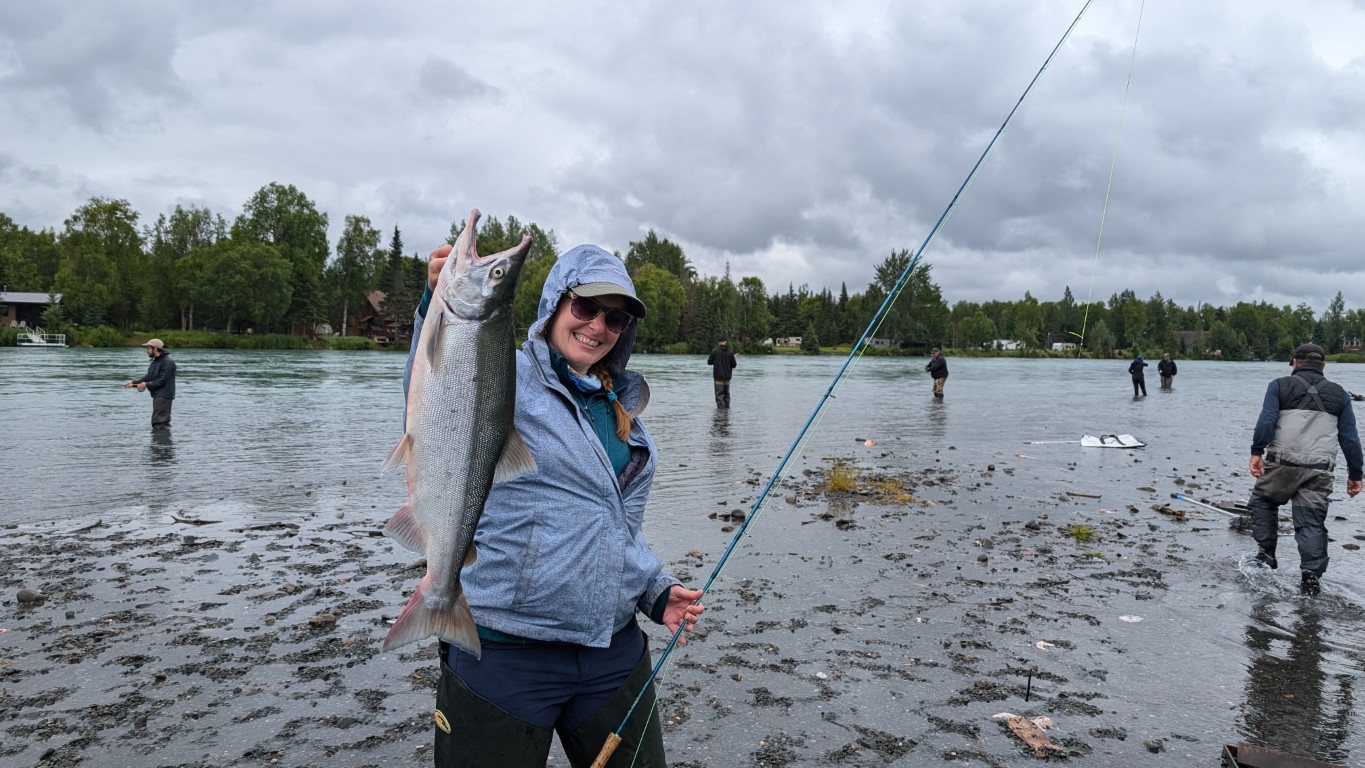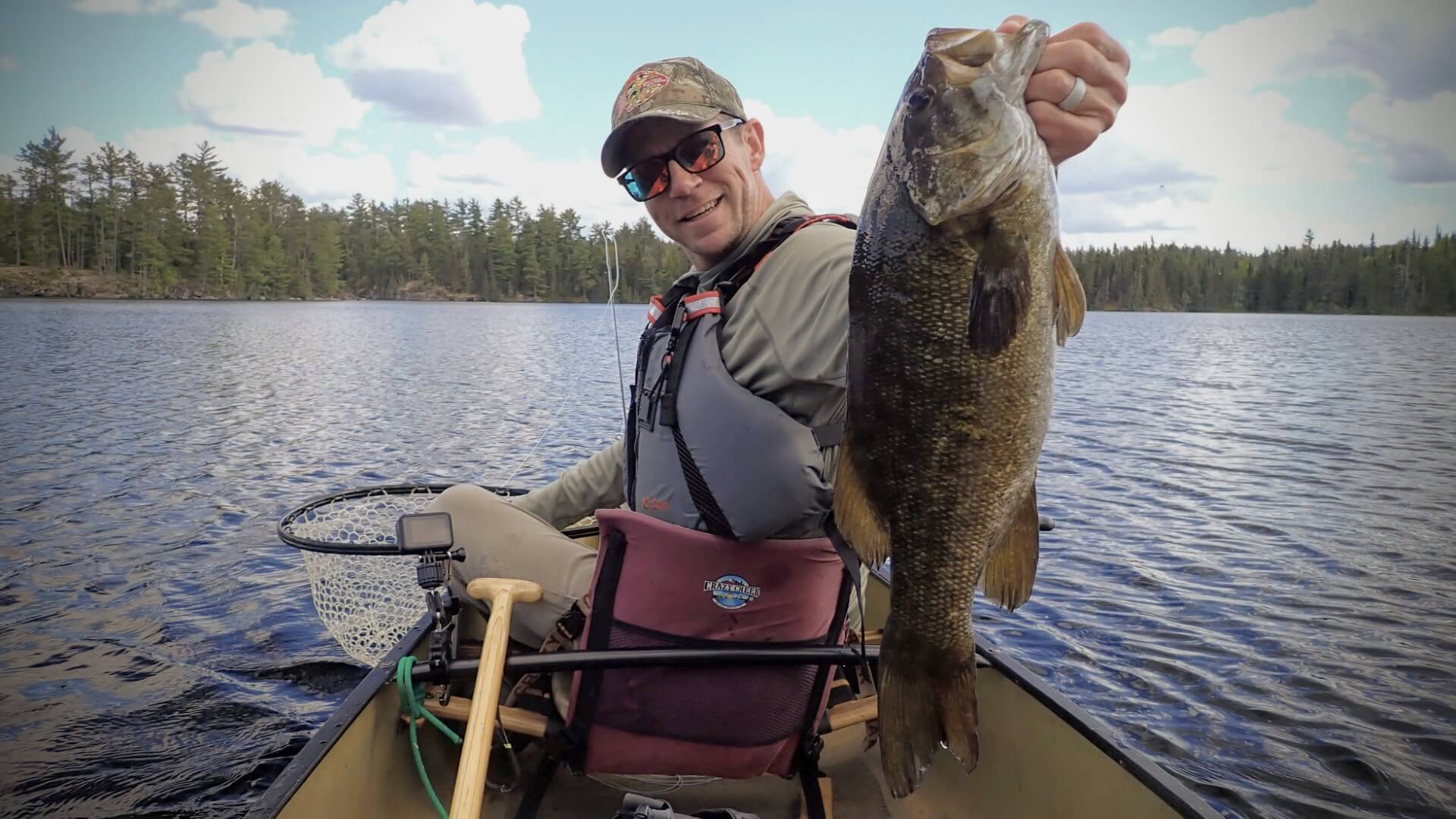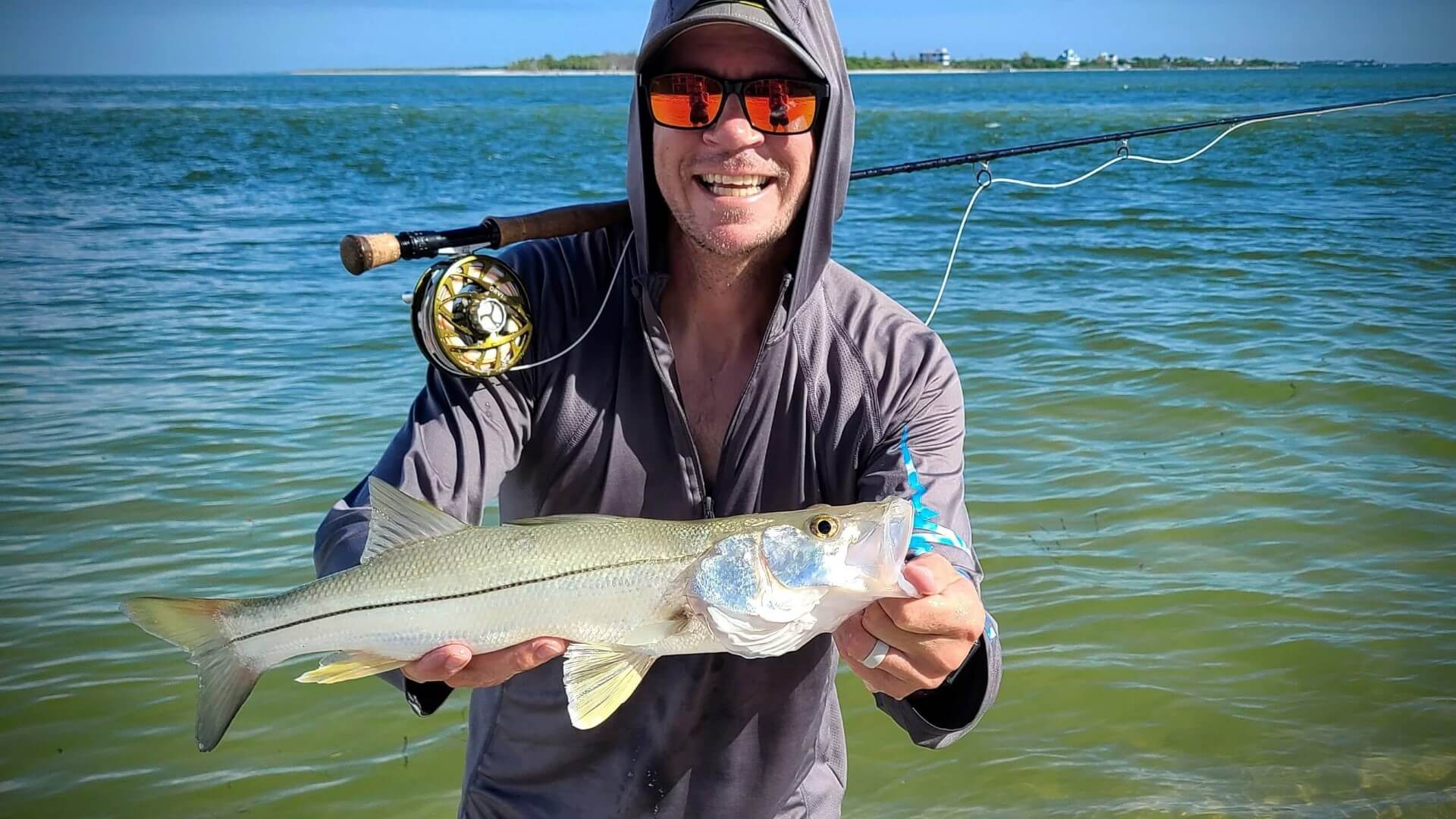How To: Catch A Lake Superior Pink Salmon
Getting Started In Pink Salmon Fishing
Pink salmon are one of the most underrated migratory fish on the north shore. They often enter Lake Superior’s tributaries in great numbers, they can be fairly easy to find, and they fight extremely hard for their size. They are a great species for beginners to get started into fly fishing as well as great for advanced anglers to fine-tune their skills in preparation for the spring steelhead run.
This article will cover everything you need to know to catch pink salmon this fall! Including a background on pink salmon, when and where to fish for them, as well as the gear you need to catch them.
How To Identify a Pink Salmon
Pink Salmon (Oncorhynchus gorbuscha) are often referred to as “pinks” because of the pink hue on their sides during the spawn, or “humpies” because of the large hump on their back (more predominant on males). The upper half of their bodies are a greenish/olive color with dark oval spots, while the lower half is mostly white. They have small scales and a slightly forked tail.
How Big Do They Get?
Most pinks are typically 12 to 16 inches long and weigh a couple of pounds. Although they not as large as some of the other trout and salmon found on the north shore, they do put up quite a fight! The biggest pink salmon caught in Minnesota was in the Cascade river back in 1989. That fish weighed 4.5 lbs and was nearly 2 feet long!
Can I Keep Any?
Under the current MNDNR regulations you can catch and keep a combination of any 5 salmon (Chinook, Coho, Pink, Atlantic), with a minimum length of 10”. Although not thought of as one of the best-eating fish, you shouldn’t feel too bad about keeping a few since pink salmon will not live after spawning, so keeping a limit of pinks will have a very minimal impact on the overall population. Unlike steelhead that run up the river to spawn then travel back down to the lake, pink salmon will stay in the rivers after spawning but will start to decay after a few weeks.
When Can I Catch Them?
Depending on river temperature and river flow, the fall run usually begins in September but can start as early as August or as late as October. It is important to keep your eyes on the north shore river flows in order to see when the best time to fish is. You should look for a spike in river flows that will push the fish into the rivers. The spike in flow will also cause the rivers be more difficult to fish and decrease visibility. Generally a day or two after a significant rain is the best time to fish the north shore.
The life cycle of a pink salmon consists of hatching during the winter after the fall spawn, then moving out into the lake to grow and returning after two years. Originally they would only spawn every other year (on even years), but today there are schools that have gotten off-track, so there is currently a run of pink salmon every year!
Where Can I Catch Them?
There is no secret spot to find them. Most tributaries on the north shore will take a run of pinks, from Duluth all the way into Canada. Once you find a river on the north shore that you want to fish you’ll still have to find them. It is usually a good idea to work your way from the mouth of the rivers and work your way up. These fish aren’t the best jumpers, so if you get to a medium-sized waterfall there is a good chance they haven’t made it past that point.
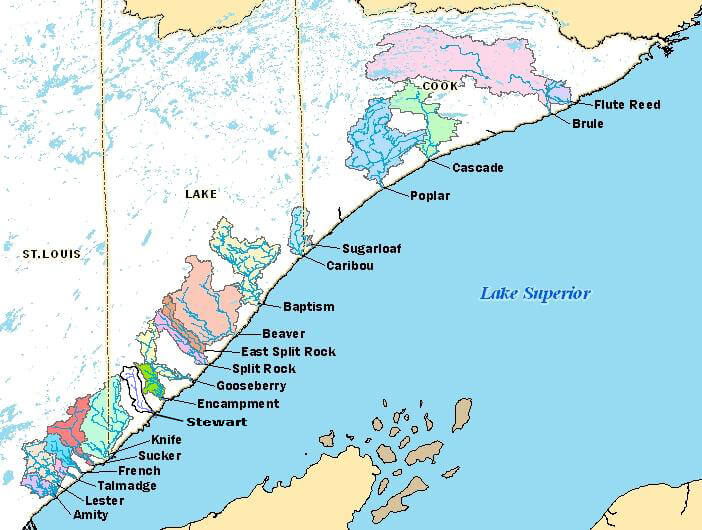
Yeah, But Where In The Rivers?
The water in the fall in much lower and clearer than in the spring. Given the fall water conditions and the fact that pinks will often school together and swim close to the surface makes it fairly easy to target them. Their bright white bellies tend to give them away as they dart around often towards the tailout of bigger holes. However, don’t overlook deep pools and seams that may hold these fish and other species that may be in the rivers like brook, brown, and rainbow trout, or even coho salmon.
What Kind of Fishing Gear Do I Need?
You can catch pinks on nearly any type of fishing equipment, but the most popular method is using a fly rod and reel. Your standard 4-5wt 9ft fly rod is perfect for on the north shore rivers. But you can use anything from a 3wt up to an 8wt. Because of the often clear water, you’ll want to use fluorocarbon tippet between 3x and 5x (5lb - 10lb).
If you have targeted other trout and salmon species with the fly rod, the techniques used are very similar for catching pinks as well. Depending on water conditions a variety of nymphs, egg patterns, and streamers can be used. In slow, somewhat clear water I have had the best luck on small nymphs (size 12 to 20). This includes frenchies, pheasant tails, copper johns, prince nymphs, scuds, and zebra midges. In faster, slightly dirtier water I like fishing bright egg patterns like glo-bugs or beads. If you aren’t getting any bites using nymphs, or are looking to step up the size of fish you are catching, try throwing a streamer in front of them. I have had great luck using a size 8 bead-headed wooly buggers in black, olive, or pink. Another great option is a standard muddler minnow. Even though these fish will come up to the surface, it is best to fish either a weighted streamer, add a few split-shot to your leader or use some type of sink-tip line. The added weight will allow you to strip your streamer in short quick strips to entice a big humpie to bite!
Fly Rod
My favorite and probably the most common way to catch pink salmon in with a fly rod. A 9ft 4wt fly rod like this St Croix Mojo Trout Fly Rod is just about the perfect fly rod for pink salmon on the north shore rivers. These fish will still put a bend in an 8wt, but they you are still able to pull them in with a 3wt.
Flies
If you have targeted other species with the fly rod, the process is very similar and you can catch them using a large variety of techniques.
Nymphs
The most productive flies for me have been small nymphs (size 12 to 20). This includes frenchies, pheasant tails, copper johns, prince nymphs, scuds, and zebra midges. These seem to work better in slightly slower and clearer water. If you don’t tie your own flies check out some local fly shops from my latest North Shore Resources Article, or check out this set of flies from Amazon.
If you are fishing in fast dirty water try fishing an egg pattern, like a small glo bug or bead in your typical steelhead colors, such as pink, orange, chartreuse, and red.

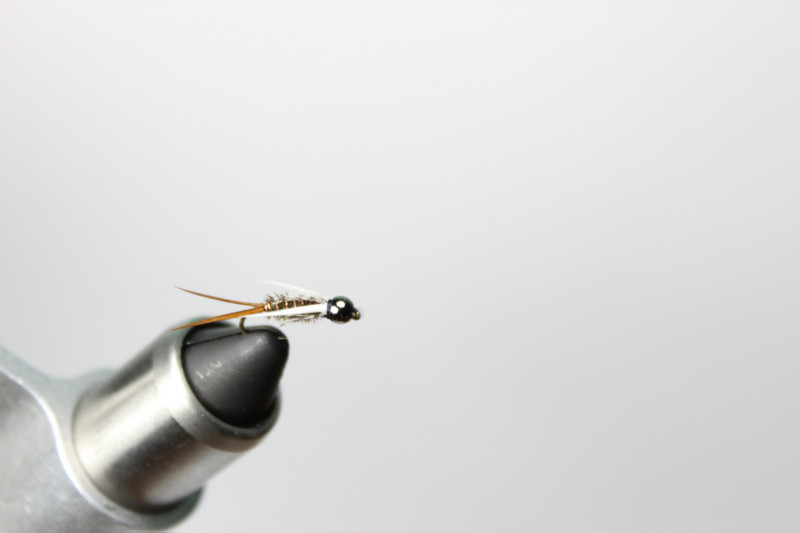
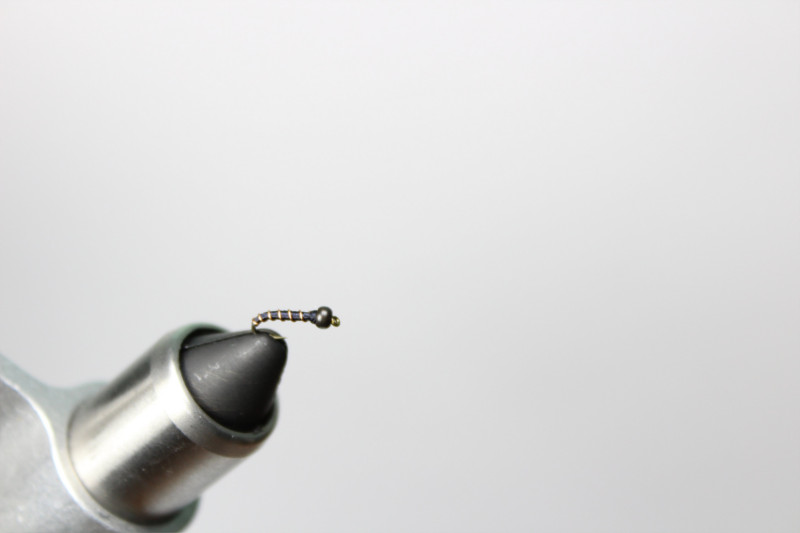
Learn how to tie a Frenchie on my YouTube Channel!
Streamers
If you aren’t getting any bites using nymphs, or are looking to step up the size of fish you are catching, try throwing a streamer in front of them. I have had good luck using a size 8 bead-headed wooly buggers in black, olive, or pink. Even though they come up to the surface, it is best to fish either a weighted streamer or some type of sinking line in slack water and tailouts. The weight or sinking line will allow you to strip your streamer in short quick strips to entice a big humpie to bite!
That’s it. Time to hit the water! If you have more questions feel free to comment below.
Share with a friend!
js-outdoors is a free resource for all.
Please consinder donating to keep this site ad-free!



![How To Tie An Intruder [video]](/images/how-to-tie-an-intruder.jpg)
![Steelhead In The Snow [video]](/images/steelhead-in-the-snow.jpg)
